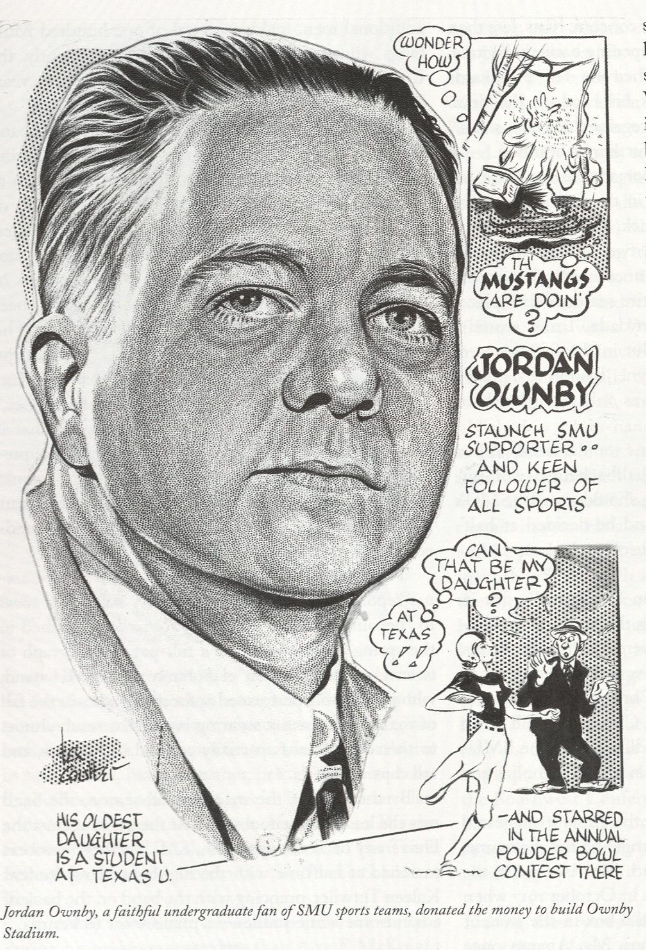The outrage at the Kermit Gosnell infanticide case is universal, and understandably so. The details are gruesome and get worse with every day of testimony. The prosecution rested on Friday, with more than enough gory details to send Gosnell away for life.
What I’m left wondering, however, is why the outrage toward the Gosnell case is so universal.
Yes, he killed infants. Hundreds of them. But late-term abortion doctors do this every day, with very similar methods too. The only distinction with Gosnell is one of geography: If he had killed the infants at the same age in the same manner, but within the mother’s womb instead of outside the womb after birth, his actions would have been legal in several states.
Supposing that supporters of late-term abortion rights can justify their beliefs on moral grounds, what precisely is the moral distinction that somehow makes the location of the fetus when its spinal cord is snipped so important? If Gosnell had the mother’s consent in both cases, why is location the deciding factor in the moral and legal acceptability of Gosnell’s infanticide?
It can’t be a question of “viability,” as is so often the criteria used in justifying abortion, as the fetus is no more able to live on its own outside the womb than it is inside the womb.
The mantra “her body, her choice” is often used to justify the morality of abortion as well, under the premise that a woman is free to do with her body what she chooses, but the child’s DNA is no different depending on whether the child is in or outside the womb. The only change in DNA is at conception. Again, location seems to be the important factor here.
Perhaps the difference is that when the child is in the womb, it is a burden for the mother, but after the child is outside the womb, the burden is lifted. Since a woman should be allowed to control the burdens placed on her, this is a bit more compelling than the other common arguments. But this falls apart when abortion is deemed the solution to this burden.
Many fetuses, especially those at the age that Gosnell is accused of killing, can be kept alive after a certain point without the mother’s assistance. It would be just as easy to then, instead of aborting the child, induce labor prematurely and then let the child grow outside the womb with the help of science before putting it up for adoption. It doesn’t follow that considering the pregnancy a “burden” logically leads to abortion as the only solution.
With these options exhausted, the only distinction that can be made about the morality of the location of the fetus when it is “terminated” is the visibility of the fetus at the time of the termination.
Somehow, being able to see without the aid of x-rays or ultrasounds the brutality of the abortion is what makes it morally reprehensible. Frankly, this is no distinction at all. Closing my eyes to murder doesn’t make it any less immoral. This is precisely what the distinction between inside and outside the womb purports to do.
I welcome the moral debate that this case is no doubt going to spark. Both sides of this debate should be completely confident in the morality of their position, this is necessary to any honest discussion on the issue. Only then can we expect any policy changes that might prevent future horrific cases like this one.
Keene is a junior majoring in political science, economics and public policy.












